|
Most adventurous overlanders are typically drawn to the lesser-travelled, edgy countries. Travelling by 4x4 allows you to access some of the most beautiful, remote and sometimes inhospitable areas that most tourists generally don’t get to see. Travelling in a self-reliant way in a 4x4 does however mean you cannot travel light; typically your vehicle is your home and this includes carrying everything from tools and laptops to the kitchen sink. In most foreign countries a big muddy 4x4 with strange number plates, fully loaded with every conceivable extra is going to draw quite a bit of attention. As a result you, your vehicle and its contents can become a desirable target for criminals. After we’d purchased Bee-bee in 2010, one astute bicycle traveller sensibly told me “the less you take with you the less you have to lose”. These wise words are more pertinent having fallen victim to one of overlandings worst nightmares… robbery! Robbed In TehranWay back in 2015, we were robbed whilst in Iran. The thieves smashed the drivers side window and indiscriminately took 6 storage boxes containing clothing, car parts, tools, medical kit, camping equipment and personal items. Sadly, this included the box that contained Emma’s travel diaries, all our used maps and books plus every sentimental little souvenir and gift we’d acquired en-route. The financial loss was devastating but the inconvenience and time wasted was really problematic. What We Did RightThankfully cameras, laptops, phones, hard drives, credit cards, money and passports were all with us in the apartment where we were sleeping. Both Emma and I carry a micro SD card on us at all times in a hidden pocket in our ‘Adventure belts’, this memory card contains digital copies of all our important documents including the vehicle registration, passports, carnet, visas, medical records and prescription details. We have also emailed ourselves and a reliable family member a copy of this digital folder that can then be viewed using any device connected to the internet. Had we lost the entire car we would have still had access to our vital documents, this would have certainly sped things up at the police station and embassy. Photos are simply irreplaceable; the basic rule to follow here is - don’t keep all your eggs in one basket. We always make sure we have multiple copies of all laptop content, including photographs of diary pages (fortunately). One copy is hidden deep inside the car and certainly isn’t locatable in a ten minute break-in. This solution is still not great if someone takes the entire vehicle. To resolve this potential problem we also back up our files and photographs frequently to the ‘Cloud’, this is painfully slow in most countries due to internet speeds and is not really appropriate for larger files like film footage. Backing up to SD or Micro SD cards and posting home is also a fairly secure alternative, if somewhat costly, the drawbacks with this are that many postal systems are fairly unreliable in other parts of the world. Being married to a compulsive list maker has its benefits; Emma had made a full inventory of every item in the car and in which box it was placed, neatly organised into a deftly formatted spread-sheet stored on our micro SD cards. This simple procedure made identifying what had been taken a fairly quick process. This list was then swiftly given to the police. In hindsight it would have been beneficial to have a photograph of every item we carry as the police requested information regarding some of the more unusual or easily recognisable items that were taken. All the rear windows of our car are completely blacked out using thick self-adhesive black vinyl, this does two things, it keeps inquisitive eyes out and also makes the glass a little harder to smash. Most thieves are opportunistic, if items are out of sight this is a great first step to securing your vehicle. All our external accessories like jerry-cans and the Hi-lift jack are all secured with heavy-duty cables and waterproof padlocks. Our vehicle is fitted with an immobiliser, I would also recommend installing another hidden battery isolator switch to completely kill all electrics to the vehicle- this would also be handy when working on the car. As for personal protection, we carry very little. In the tent at night we opt for WD-40 (although it’s not mentioned as one of the 2000+ uses on it’s website), a screeching rape alarm and a fairly hefty Maglite. Being lovers not fighters, we took a few self-defence classes before we left on our trip. Some overlanders carry pepper spray, but this can be problematic crossing borders in some countries. What We Have LearntThere are many things you can do to protect yourself, your possessions and your vehicle. Avoiding putting yourself in a risky situation is always the first step, followed by security should you be robbed. Having simple rules, being aware of your environment and trusting your instinct hugely reduces your chances of being targeted. Prior to Iran, sticking to our self-imposed rules, we’d travelled through 45 countries without a hitch. Simply being aware of threats in your local area is often enough to keep you safe. In Russia for example we were warned by truck drivers to be aware of scam pleas for help by distressed smartly dressed men at the side of the road. Local knowledge is extremely valuable but be aware that most people will exaggerate the dangers and untrustworthiness of people in neighbouring countries! Careful selection of wild camping spots is vital; we always make sure no one sees us leave the road and try to remain out of sight from roads and habitation. It is important to maintain a level of security in your vehicle that does not become a hindrance on a daily basis but is secure enough to ease your mind when the vehicle is unattended. There are times when you have no choice but to be away from the vehicle and it is during these times that your security options need to be religiously enforced. It’s nigh on impossible to make your vehicle completely burglar-proof, ultimately if someone wants to get into your car, they will. All a thief needs is time and an opportunity, the more you can do to increase the time needed to get into the vehicle the less the opportunity exists. Your vehicle should appear to be a hard target, this will deter most criminals who will look for an easier target. Most people tend to prioritise securing items that are perceived as valuable; laptops, cameras, phones, GPS, etc. The logic here being that no one is going to want to steal used maps, personal diaries and prescription glasses. The truth of the matter is, thieves are generally indiscriminate. In our case they simply took all they could in the time they had. Storage boxes are practical but they certainly made it easy for the thieves to empty our car. In this regard maybe a fixed and lockable draw system is more secure. In hindsight we should have treated items like diaries and prescription glasses in the same way we dealt with other ‘valuables’. If you need glasses to drive and someone takes them you have a big problem. Thankfully I always have a pair stuck to my face and keep my prescription details on my micro SD card. There are many smaller products on the market that are useful for overlanders including Baked Bean tin safes, these can be hidden amongst your food stash and are great for hiding smaller items. Combination key safes can be bolted or welded to the underside of your car and can hold a full set of spare keys in case you manage to lose your keys. External heavy-duty commercial van door hasps are somewhat unsightly but they are also a great security addition, especially in conjunction with a draw system that can’t be accessed whilst the doors are closed. If a thief smashes a window they won’t be able to open the doors which in turn means they can’t access the draw system. This set-up should prevent the thieves from taking anything at all. Most car thieves are small-time opportunistic criminals but in some extreme cases your vehicle may be targeted by a more professional outfit who actually want to take the entire vehicle. The simplest way to prevent this is not to leave your vehicle in the same place for more than one day. Think carefully about promoting your overland website and blog on your vehicle. Most overlanding websites like to feature photos of the vehicle build, storage systems and the equipment carried, this information can easily be used by would-be criminals who spot your vehicle. If you can afford it, a hidden GPS tracker on your vehicle might save you one very expensive loss. We also recommend downloading one of the many remotely operated tracking and recovery apps that are available for most smart phones and laptops. In ConclusionIt is important to address security issues when prepping your vehicle; window grills, secure cages, safes and locking draw systems are easily available for vehicles like Defenders but are not commonplace in the UK for Toyotas like ours. You don’t need to spend a small fortune to be protected; simply having a few simple self-imposed rules is the greatest way of keeping you and your vehicle safe. Unfortunately we broke our rules and paid the price for doing so. Thankfully the people of Iran and our friends back home proved how amazing they are and came to our rescue helping us source and replace many of the items that were taken.
Fortunately the robbery didn’t dampen our adventurous spirit. It’s important to remember that most overlanders don’t ever fall victim to crime and the majority of people round the world are wonderfully friendly and honest.
0 Comments
With all the planning, spreadsheets and lists in the world it is impossible to always climatically be in the right place at the right time. We found ourselves in Thailand, Cambodia and Laos for the onset of the monsoon; a time of heat, humidity and torrential downpours. However, we overlanders are/should be predisposed to enduring the elements and despite the climatic and logistical challenges presented by monsoon travel we found enormous benefits to touring during this season. Temperatures were a sweltering +40°C in the lead up to the start of the monsoon but once the rains actually arrived, showers reduced the temperature often by 10°C. Humidity was high but the accompanying monsoon breeze made the stickiness bearable and by 8pm the temperature had fallen to below 30°C, which was the crucial difference between a good and a sweaty, restless night’s sleep in the roof tent. Rain itself presents obvious challenges when you are overlanding in a 4x4 and live outdoors. We learned to read the skies and approaching cloud formations when deciding if we had the necessary 45 minutes dry period necessary to rustle up and eat a stir fry for dinner. Our awning has attachable sides which are perfect if the rain is not accompanied by strong winds, in which situation the awning is more hassle than it is worth with sides flapping towards the stove and water being blasted by gale-force winds through the many gaps. On this occasion we take comfort that our fridge still delivered our beers at a refreshing 3°C and that SE Asian countries sell an amazing array of beer snacks- dried squid and pea crisps for tea-time in a steamed-up, front of the car, substituted dinner on more than one occasion. An unavoidable downside to monsoon conditions is the surge in blood-sucking critters, particularly mosquitoes (everywhere) and leeches in the jungle. It’s never a pleasure to have to smear thick, pungent insect repellent on when your skin is already sticky with sweat and covered in sand and salt but it does work. Camping away from swamps and long grass reduced the numbers dramatically. The last thing you want to do when the day eventually cools off slightly is to put clothing layers on, but this is when the worst aerial assault begins. Generally long sleeves and trousers kept the biters at bay. A small price to pay when watching the evening illuminated dance displays of emerging fireflies, which also increase in numbers during this season and gracefully light up the night sky. Persistent precipitation leaves clothing, blankets and towels damp for days but the sun does eventually come out and then everything is dry within an hour. Rainfall is typically short and sweet and only lasts for a few hours of each day. There is something beautifully wild and romantic about sitting on a deserted beach with waves crashing on the shore and dark storm clouds swirling in the sky. We witnessed some incredible lightning storms from the (relative) safety of our roof tent and the gentle pitter-patter of early morning raindrops can be as soothing as a lullaby when there is no work to get out of bed for. We adventured through Cambodia and South Thailand in June, described by travel guides as the ‘low season when visitors melt’. The plus side of visiting at this time is that most tourists are far more sensible than us and follow this advice, leading to an empty Ta Prohm temple at Angkor Wat early in the morning. The surrounding beaches of Krabi and Phuket region, with sands crawling with tourists in the high season of November to February, were abandoned. We could wild camp undisturbed and wander endless stretches of empty sand gazing at an uninterrupted horizon of waves and karst limestone rock islands. National Parks were deserted so we could enjoy wildlife trails all to ourselves, with numerous sightings of normally crowd-shy animals and birds. Camp sites were uninhabited and in many we were the only occupants, with the exception of sharing the site with wild deer and the shower block with the odd water monitor lizard. Paradise. Most chalet and beach-hut resorts are closed but now and again they let us camp there for free and use the facilities. On one occasion we were invited to join the builders for sundowner beers and fresh crab and shrimps after a day of cabana restoration preparing for the next season. If it’s peace and not parties you’re after, off-peak travel in Thailand is bliss.
Bad times for Bee-bee. Parked in the wrong street at the wrong time in Tehran. On the night of Saturday 31st October/Sunday morning between 11pm - 6:30am in the Qeitariyeh area thieves smashed our window and stole most of our possessions from inside. We are devastated and heartbroken. Bee-bee is our home and our stuff enables us to travel the way we do. We worked so hard for years to save and buy our equipment, plus many things were personal, sentimental and simply irreplaceable. We are working with the police to help them find who did this, with the possibility of tracing our stolen items. We have made some incredible friends here who are helping and supporting us. We want to continue with our ‘View to Iran’ film project- despite this upsetting experience we have loved travelling in Iran and the people here are some of the most welcoming and friendly we have ever met. We owe it to these good people to finish our documentary. For now we are stuck in Tehran, needing to replace essential items before we can realistically and safely move again- spare car parts, tools, camping equipment, medicines and clothing. For a full list of the items taken please check our Facebook page. THANK YOU for all the support we have received from within Iran and around the world- every single share, comment, message and gesture has lifted our spirits that little bit more. We will keep this page updated with any news or developments… این روزها، اوقات غمگینی برای اتومبیل ما، بی بی است. بی بی در زمان نامناسب در مکان نامناسبی در تهران پارک شده بود. شنبه شب گذشته، نهم آبان 94، بین ساعت 11 شب و 6:30 صبح در منطقه قیطریه، سارقان شیشه اتومبیل ما را شکستند و بیشتر اموالمان را از داخل اتومبیل دزدیدند.
در حال حاضر ما درمانده و دل شکسته ایم. بی بی خونه ماست و وسایلمان به ما امکان سفر به این شکل که سفر می کنیم رو میدن. سال های متمادی ما به سختی کار کردیم و پس انداز کردیم تا تجهیزاتمان رو برای سفر کامل کنیم. به اضافه این که خیلی از این وسایل شخصی بودن و ارزش معنوی زیادی برای ما داشتند و غیرقابل جایگزین کردن هستن. ما مشغول همکاری با پلیس برای پیدا کردن دزدها و امکان ردیابی وسایلمون هستیم. اینجا دوستان فوق العاده ای داریم که به ما کمک می کنند و از ما حمایت می کنند. قصدمون اینه که پروژه نگاه به ایران رو ادامه بدیم. علی رغم این اتفاق ناراحت کننده، ما عاشق سفر در ایران هستیم و مردم اینجا از گرمترین و مهمان نوازترین آدم هایی هستند که تا بحال دیدیم. بنابراین، ما به پایان رساندن ساخت این مستند رو به این مردم بدهکاریم. فعلا در تهران گیر کردیم. لازمه وسایل ضروری (مثل لوازم یدکی خودرو، ابزارها، تجهیزات کمپینگ، داروها و لباس ها) را دوباره تهیه و جایگزین کنیم تا بتونیم با امنیت به سفرمون ادامه بدیم. برای دیدن لیست کامل اقلام سرقت شده، لطفا به صفحه فیسبوک ما مراجعه کنید. به خاطر حمایت های همه شما از داخل ایران و اطراف جهان بی نهایت سپاسگزاریم، تک تک پست ها و کامنت ها و پیام های شما به ما روحیه داد و حالمون رو بهتر کرد. اخبار جدید را از طریق همین صفحه به اشتراک خواهیم گذاشت. Having a claustrophobic fear of road tunnels I was filled with dread at the prospect of having to drive through the notorious ‘Tunnel of Death’. Unfortunately the tunnel stood in-between us and a chain of seven serene mountain lakes in the Hisar Tizmasi range. Cutting through roughly 3-miles of mountain underneath the Anzob Pass the tunnel has become infamous amongst overlanders. The tunnel is not nicknamed lightly; its lack of ventilation claims several lives each year. Carbon Monoxide poisoning is not the only danger; the tunnel floor is often reported to be under 60cm’s of water hiding a labyrinth of potholes, internal rock falls are common, abandoned tunnel machinery is strewn across the narrow one and a half lanes and to top it off the traffic is not regulated from either end. We’d heard stories of 4-hour traffic jams and prevailing anarchy whilst you sit in the darkness, your headlights struggling to cut through the fumes of belching trucks as traffic from either direction refuses to give way. Unfortunately the only alternative is to drive over the 3,372 metre Anzob Pass which is closed for most of the year due to the weather. The pass itself is classed as one of the most treacherous in Central Asia; avalanches are frequent, there is no safety barrier and the final 12 miles are a 7-8% gradient. In 1997 an avalanche so big it took 2 weeks for rescuers to reach the 15 buried trucks and cars killed 36 people.
With great trepidation we watched the GPS closely, mentally preparing for our next challenge, as we approached the mountain. Either route was less than desirable, but thankfully we were forced to take the lesser of two evils, the tunnel was closed due to flooding. Hoorah! The pass was actually not as treacherous as we’d heard and offered some stunning views back down the valley we’d just travelled. Like the Pamir Highway the Anzob Tunnel is a right of passage for many overlanders travelling in Central Asia, for us it is one we can live without. Getting stopped by ‘The Fuzz’ has become part of our daily routine as we travel east. Our running total has now reached more than 40 times in the last 12 months alone. In most Eastern European countries the police have a bad reputation for stopping tourists and collecting bribes. This can be incredibly frustrating when so much bad driving is going on around you unpunished. Emma and I have a strict rule that we will never pay a bribe, and up until now we have stuck to this and not parted with a penny! This kind of low-level corruption should never be encouraged; paying backhanders only makes the police expect subsequent payments from your fellow overlanders. Obviously this is for ‘made-up’ charges and false accusations, if you actually do the crime you should pay the legal fine. Surprisingly Russia wasn’t the worst offender, as we’d heard, we were pulled over at least 10 times but never actually asked for any money. On the one occasion they actually stopped us legitimately, I was made to sit in the back of the smokey police Lada, and much to my surprise the officer showed me a photograph on a laptop of our car travelling at 72kph in an apparent 50kph zone 5km back down the road. Once he learnt we were heading to Mongolia he called us crazy and sent us on our way. Checkpoints are a fairly regular occurrence in foreign countries; we had them in Morocco, Russia, Ukraine and all the ‘Stans. Most of the time they have police control buildings at the side of the road, normally located just after a succession of decreasing speed limit signs crammed into a 50m stretch, making it virtually impossible to slow down in time. In the Ukraine we got stopped by a rather over-zealous speed gun operator stood next to the speed limit sign (90km down to 30km). He wanted to see all my original documents and took me into his little room where he placed his gun on the table and basically tried to get me to pay $200. After playing the dumb tourist (which Emma thinks I’ve mastered), a long wait and a refusal to get into his police car to take us to the nearest ATM, we left without paying a thing! The secret to avoid getting stopped at checkpoints is to avoid making eye contact, helped enormously by a right-hand drive vehicle! That tactic worked up until Kazakhstan where the police stopped us a whopping 17 times. On one occasion I apparently broke 4 laws in the space of about 30 metres when I pulled out from a petrol station. Most of the time the police, waving large orange sticks and whistle blowing excessively, are generally just curious about Bee-bee and her number plate. Again, this discrimination is incredibly frustrating when complete lunacy is going on all around you in cars that are totally unfit for the road. In the former Soviet countries the police are generally pretty useless at patrolling bad driving, ironically the ‘sleeping policemen’ are more effective at controlling the traffic. The permanent farcical wooden police car cut-outs are also a poor deterrent to discourage bad driving. The police do however like inspecting paperwork. Being tourists you do have the advantage that most of the officers have no idea what they are looking at when you hand over documents. Give them colour photocopies in the first instance unless they strongly insist otherwise- once they have the originals the bribing ball’s in their court! Much to our amusement most of the police we encountered looked like the comical sculpture we spotted in Finland 4 years earlier, only the police in the ‘Stans having disproportionately larger hats. We soon learnt that if we stopped far enough down the road past the typically portly police in their elasticated-waist uniforms, their laziness would prompt them to wave us on rather than walk to our car. On the few occasions they did make it to the window (normally the passenger side) we used our over-the-top, non-stop friendly English accents and diversion tactics like showing them the shower and solar panel to charm them/confuse them into letting us go. If you are calm, polite, patient and show them you have all the time in the world to wait they normally get bored of you and can’t be bothered with the hassle of continuing to extort money from you. Even if you can speak the local language, stick to your own because they don’t have the patience for this either.
Following on in our ‘Adventure Annoyances’ series we look now from the surface of the roads to those driving on them, specifically the Bad drivers. Every country has atrocious drivers; only some have more than others, the worst offenders we have found being in Albania, Turkey, Russia and Georgia. Tailgating is a huge problem in all countries, with cars literally less than 2m from your rear bumper at speeds of more than 50kph. The Georgians & Russians in particular have a unique style of overtaking, which involves passing as close as possible to your vehicle; behind, along side and in front. We have witnessed vehicles overtaking vehicles that were already overtaking other vehicles. We frequently see people being forced off the road by on-coming overtaking vehicles, usual accompanied with a kind, informative light flash which states “I’m coming through, even though you have right-of-way and I’m going to have to force you to brake and swerve”. The hard shoulder, when it exists, is also a valid lane for ‘undertaking’. We rode in several Taxis in Georgia’s capital Tbilisi and not once did I see the drivers use their mirrors. One driver purposefully inched sideways todays a lady driver to intimidate her and another reached out his window and snapped off the wing mirror of another car who refused to move out his way. Outside of Europe no one uses baby seats in cars, it’s not unusual to see children playing on dashboards, sat on laps (without seatbelts) and standing in the gap between the two front seats. In Bishkek (a city renowned for it’s chaotic, fast traffic) we witnessed a 5-year-old boy steering the car from his fathers lap whilst dad sat back and ate a sandwich. On one occasion in Armenia crossing an icy, snowy pass we encountered a white Lada on its roof being retrieved from down a steep verge. 30 minutes later the same white Lada overtook us on a blind bend! Seemingly it doesn’t matter what the driving conditions are, the drivers don’t seem to change their driving habits. We had several near misses in fog because other drivers failed to use their lights; rain, snow and ice also have no effect on drivers speed or care. Bright sunshine in your eyes? Just cover your driver’s window completely with a towel, shading your eyes and also obscuring your entire peripheral view. Why just drive when you can multitask? - Combine it with messaging on your phone, reading the paper or eating your dinner? The condition of the cars also doesn’t fill you with confidence, bald tyres, broken windscreens, no lights and often completely overloaded (and that’s not just our car!), sometimes to the point where you are swerving to avoid tumbling items from the truck ahead; from rocks and gravel to onions and potatoes.
One positive side to all of the bad drivers (excluding taxis!) in the countries mentioned is that these motoring misdemeanours are rarely carried out in an aggressive fashion. People seem to accept each other’s stupidity, dangerous manoeuvres and blatant disregard for human life as all part of normal, daily road use. Horns are beeped cheerfully to let others know you’re about to do something reckless and stupid, rather than as a hostile reaction to others foolish and careless driving. Narrowly missing a head-on collision at 60kph on a blind bend from an oncoming, overtaking pickup with windscreen obscured by the tons of hay precariously piled on top… a wave and a big happy smile from the driver on the phone with his baby on his lap and it’s all OK. Gaze at the constant stream of romantic overland expedition posts on social media and it’s easy to believe that it’s all exotic sunsets, idyllic camp spots and laughter with locals. In reality however, it’s not all thrilling and fulfilling- overlanding has more than its fair share of exasperations and frustrations. But surely that’s part of the experience, right? Most days these provocations can be shrugged off, even laughed at, but even with the strongly developed tolerance and patience of an overlander sometimes these few repeating niggles make you want to scream from the roof(tent)tops. In this short series of blogs I retain the right to rant, expose the things that have left nail marks in the steering wheel and detail our main adventure annoyances, our overlanding irritations. So here is my stage on which to vent. First up, bad roads. Expected? Yes. Tolerated? Mostly… We’ve experienced some pretty terrible roads on our travels. Just to clarify, we’re not talking about off-road dirt tracks high up into the mountains here, we’re talking about main roads, motorways and city streets. Russia, Kosovo, Albania, Armenia, Kazakhstan and Tajikistan all have their fair share of ‘bad’ roads often with potholes larger than your car. Deep chasms are not the only surface danger, due to heavy truck traffic many roads become furrowed, once in a groove your vehicle handles like it is on rails, without a vigilant steering wheel wrestle this can suddenly send you veering towards oncoming traffic. Travelling in Armenia in your own vehicle is costly, on entry we paid at least £50 for ecology and road tax. Ironically when we left we should have billed Armenia for the damage done to our car for using such terrible roads. I’m not sure where the tax money is going but it certainly isn’t being spent on the roads. The highway system in Armenia consists of 7,633km of (apparently) paved roads, of which, 1,561km are supposedly expressways; our average speed on Armenia’s M1 was about 28mph. One of the worst stretches of urban street we encountered was in Sevan; some of the potholes on the main high street are so large you can see them on Google Earth! It is not just the road surfaces that are dangerous in these countries; the lack of road markings, signals and ambiguous road junctions are equally hazardous, as are open drain covers and deep gutters. Other potential dangers include animals, overloaded trucks and clueless pedestrians. In Georgia we narrowly avoided hitting a child, who crossing the road with his mother, ran straight out in front of our vehicle. Fortunately the only physical damage done to him was from the heavy clout round the ear his mother gave him for being so careless. Georgia’s excessive use of speed bumps is simply annoying. A motorway should never have speed bumps! Especially unmarked speed bumps.
In Western Europe we have a system for using roundabouts, it works because every roundabout employs the same system, you know your place and everybody else knows theirs. In Eastern Europe the system fails as every roundabout operates a different system. Some roundabouts allow vehicles that are approaching to have right-of-way whilst others allow the vehicles on the roundabout to have priority, some even employ both on the same roundabout. Some roundabouts even have traffic lights mid-roundabout whilst others have no road markings at all and are simply a massive city square with six lanes of traffic and a fountain in the middle. So, bad roads, the first of my adventure annoyances- the logistical network allowing me to traverse this wonderful planet, but at times my reason for breaking the 6pm G&T rule. After a short hibernation period were about to head back out on the road. Bee-bee’s cracked cylinder head has been replaced and she is raring to go (we hope). Here’s a quick outline of the work she’s had done... New Cylinder Head
Water Pump
Radiator
Cam Belt, Glow Plugs and Fuel Injectors
Having racked up over 150 test kilometres I’m pretty convinced she’s running sweeter that she ever has. She starts on the button, no more black smoke and the temperature barely rises above 88°C. We took her (unloaded admittedly) on several long motorway climbs and up a steep 290 metre off-road climb without any problems at all. Fingers crossed.
What was that bang?
At first it seemed like Bee-bee had just overheated and popped the top off the expansion bottle. We let her cool down and refilled the radiator. We tried to start the car but got nothing but a ‘clunk’. Andy thought the starter motor might be jammed, we rocked Bee-bee backwards and forwards (for sympathy and to hopefully un-jam the starter motor). A turn of the key and she sprang back to life in a huge cloud of white smoke. It was at this point that Andy declared that we’d probably blown the cylinder head and that water had leaked into one of the cylinders which became ‘hydrolocked’. We sloped on cautiously towards the next town in a cloud of white smoke. Stuck in Kumluca
Frantically searching the Hilux Surf forum for advice on what he suspected, Andy declared he was “95% sure the Head gasket had blown”. Aside from a crash, this was one of the worst things that could happen to our car (mechanically and financially). We had 48 hours to get us and a broken car 301.43 miles (485.10 km) to the Port of Tasucu where a non-refundable ferry was due to take us to Cyprus. As with every tragedy there are the heroes and villains; our hero was Alim the hotel manager’s son who spoke English, understood our predicament and arranged for some tow truck people to come in the morning. The unfortunate villain was the waiter in the restaurant who informed me they didn’t serve alcohol. Tow Truck (Wheelin' and Dealin')
The final computer translation told them we were off to rob a bank. Ironically, when Alim took us to the cash point I sat in the back with a shotgun under my feet. I assume that was a normal item in a car here and he understood we were joking about the bank. I didn’t mention it. Tow Truck 1 - Ugel the Rally Driver
Tow Truck 2 - Mustafa the Redbull Racer
We spent about 2 hours in a smoky (but warm) station office with a Turkish soap opera on TV in the corner. A car of oily youths arrived with a few ‘new’ alternator options and scrambled about systematically until the truck roared into life again. Mustafa necked 2 cans of Redbull. We were off. We Drove All Night
17 Hours in Tasucu Port
We walked back into town (not daring to ask for a lift). During this time we must have set a local record for number of teas drank. We were exhausted and cold, we rooted at a friendly local café, ordering small dishes with lengthy interims to justify our temporary residence at their table. When it eventually went dark we bussed our way back to the Port but were stopped at the customs gate where we spent another hour dozing in chairs with bored customs officials in their office. Eventually they let us have access to Bee-bee (if we ran through the port and no one saw us). We popped the tent subtly, sandwiched between rows of lorries and lay down for an hour. All Aboard The Lady Su
Crossing the Cilician Sea
He beckoned us over to come up so we made our way through the ships corridors, stepping over piles of broken furniture and tools, up onto the ships bridge. Muhammed, the lone Captain, seemed to appreciate our company up on the bridge- he gave us bananas and told us that the boat had to be registered in Sierra Leone as it would never have passed strict Turkish health and safety regulations. Docking in Girne
Across Aphrodites' Island
The DiagnosisThe devastating news was what we expected; the cylinder head was cracked in two places. Bee-bee certainly picks her moments… The first time she broke down was in Russia when the alternator died and the battery ran flat leaving us stranded across a railway line!
Last weekend she again threw her toys from the pram at the most opportune moment! On Saturday prior to leaving for a family camping trip she refused to start. The car was packed, the fridge was loaded, the batteries were charged, she turned over, but just refused to start. On closer inspection I noticed the glow-plug warm-up light wasn’t coming on either. After a few checks with the meter and a quick visit to the Hilux Surf Forum I diagnosed the problem as the Electronic Control Unit (ECU). Hopefully. It seems that it’s a common problem with at least two other people on the forum suffering the same fault this year. As it’s Bee-bee’s 20th birthday this year I’m wondering if Toyota have programmed a self-destruct sequence into the ECU! So with a little white hire car in place we headed off camping with my nieces while Bee-bee missed out on all the fun, sat inactive and sulking on the driveway. The trip was planned to not only spend time with family but to also road-test all our kit prior to setting off again. The ECU has now been sent to the highly recommended ECU-Doctor. With a car our age these kinds of parts are not available new anymore. Buying one from a broker is risky, so the best course of action is to get the ECU repaired and remapped. The ECU-Doctor can diagnose and confirm the suspected fault, repair it and offer a 12-month guarantee in the process. Let’s hope I’ve diagnosed it correctly and that he can work his magic on Bee-bee’s brain! |
Archives
July 2020
Categories
All
|
Proudly powered by Weebly

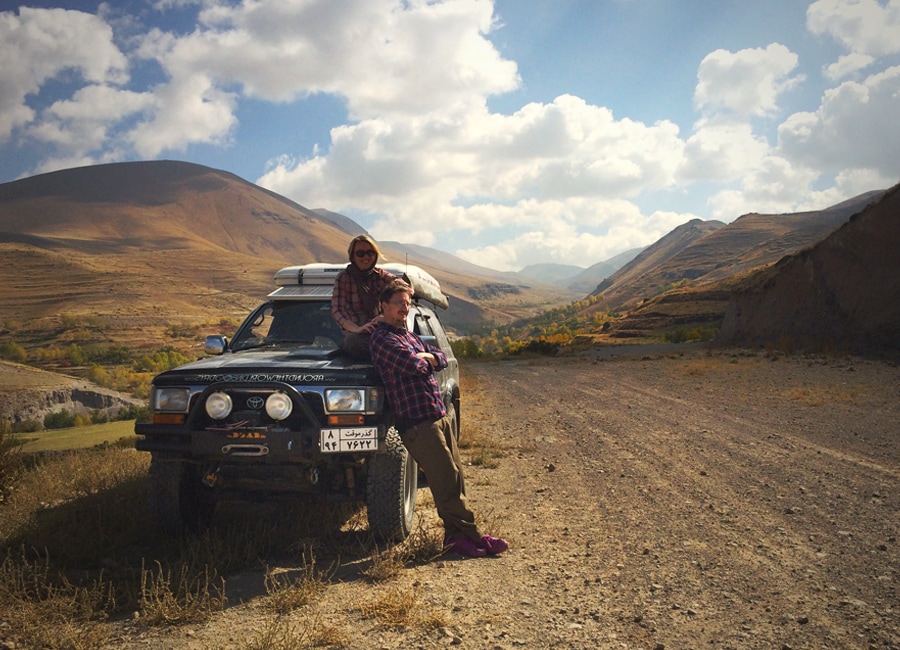
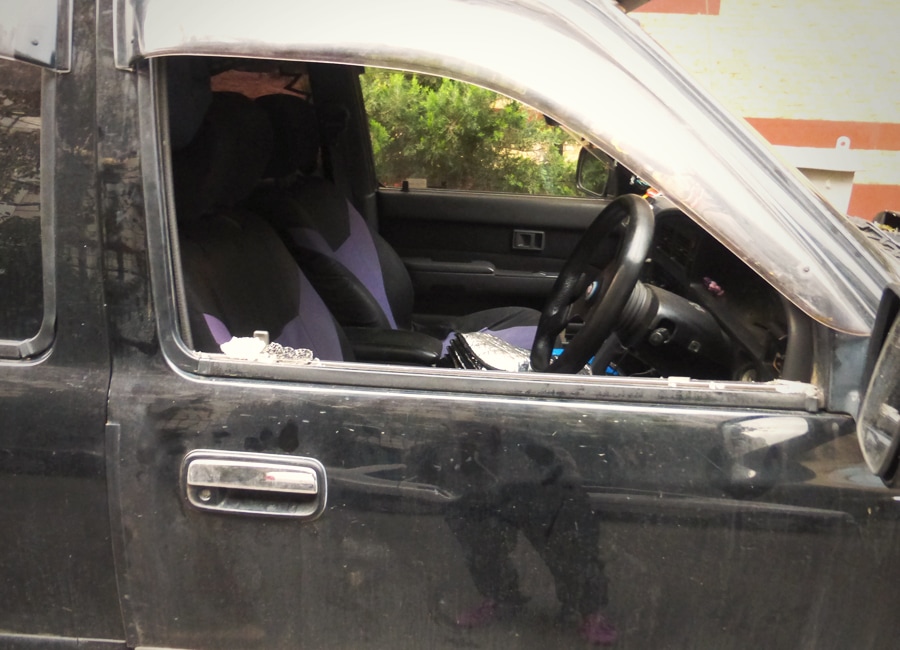
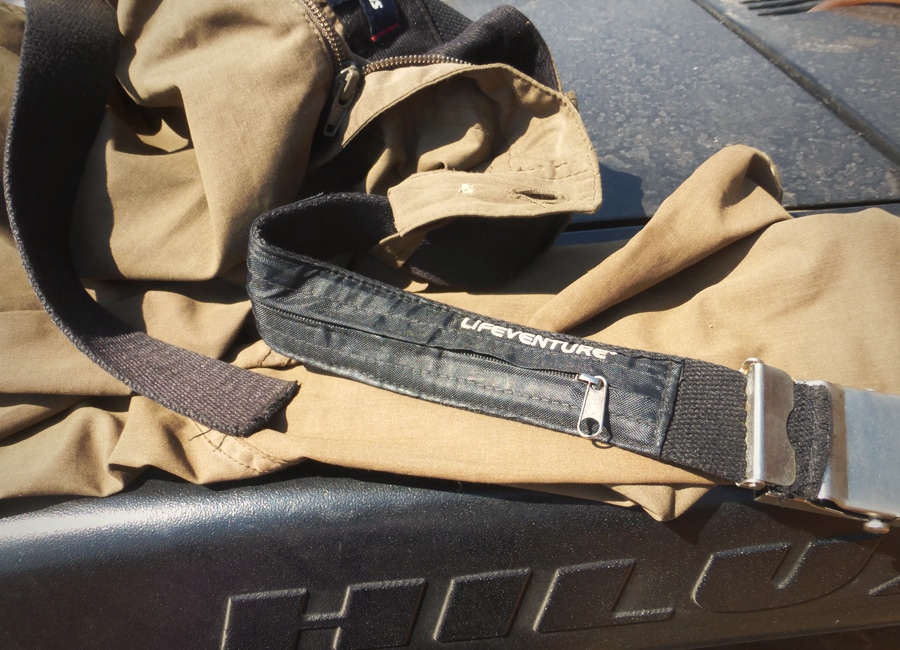
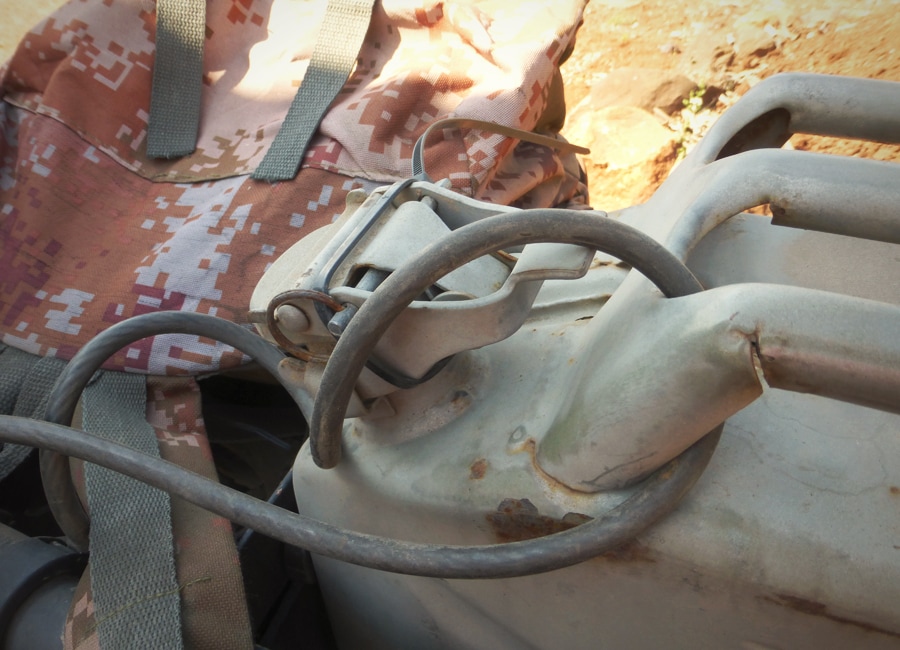
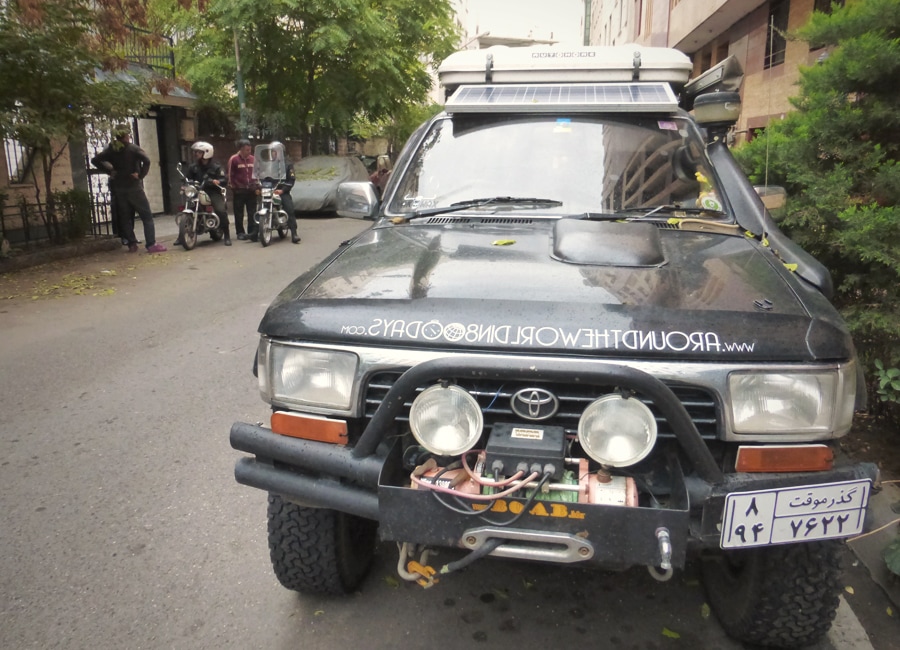
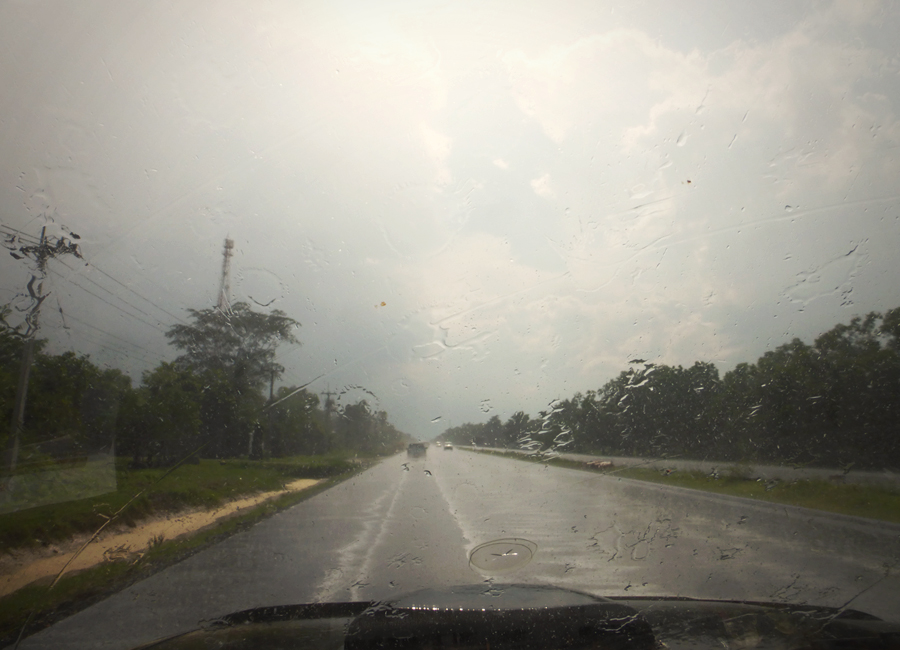
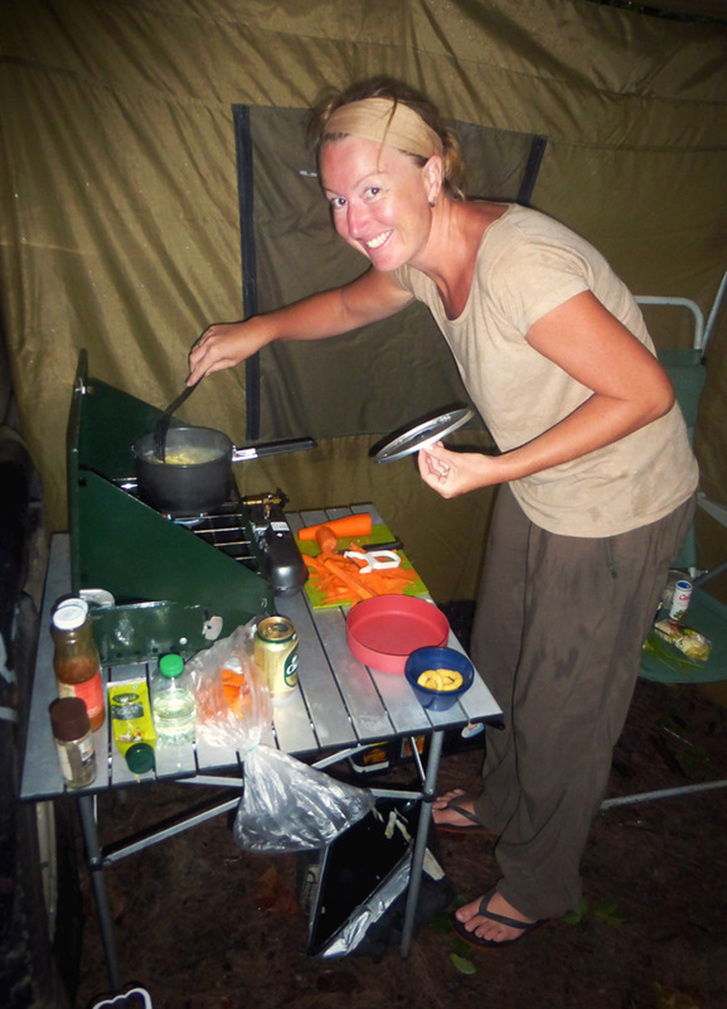
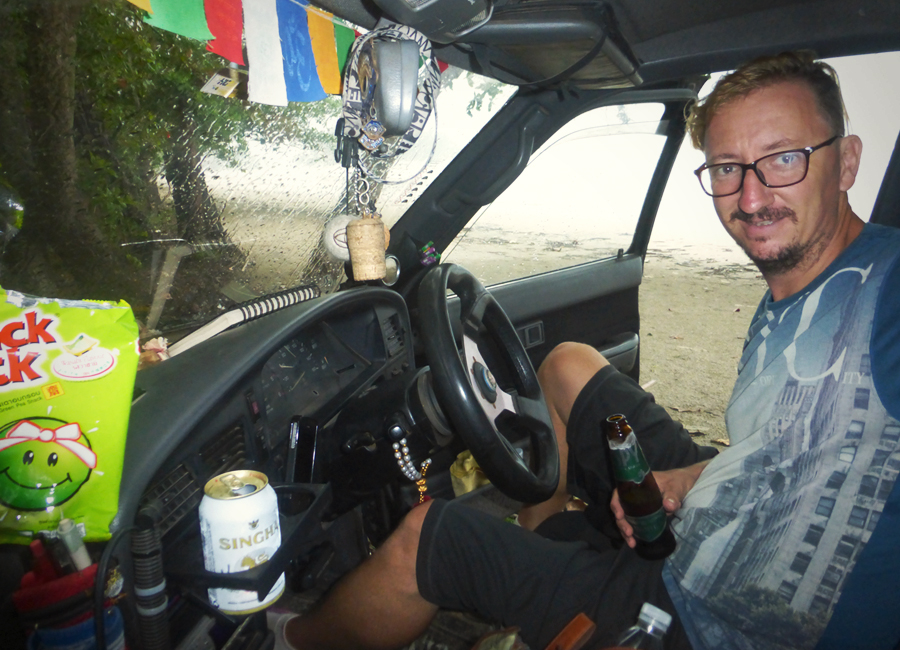
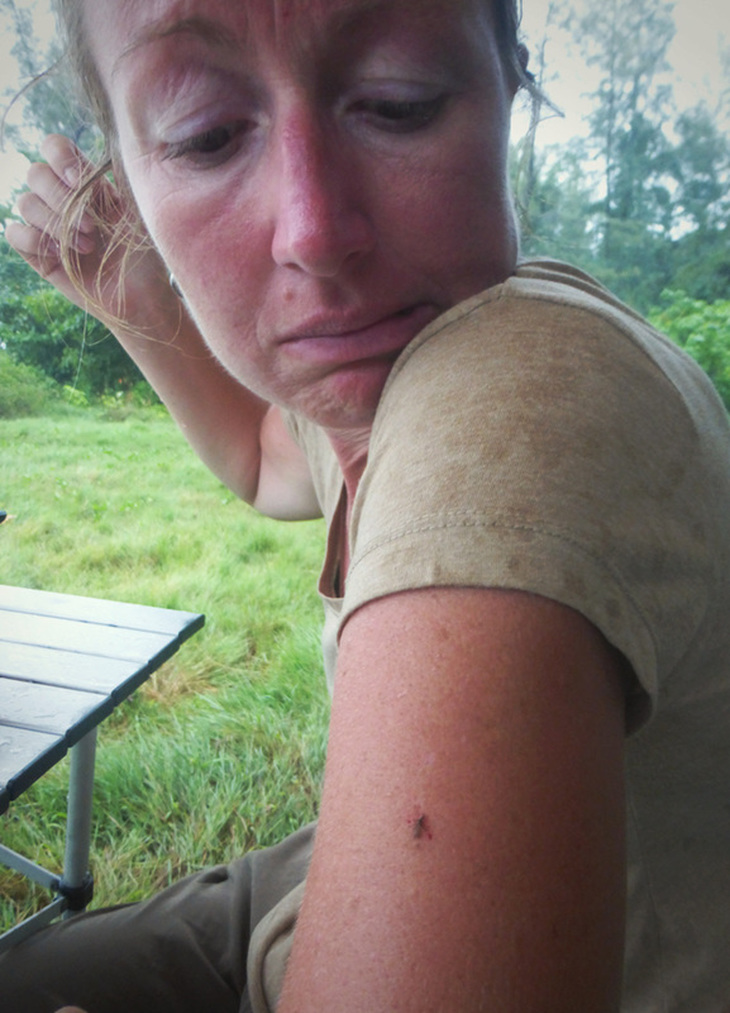
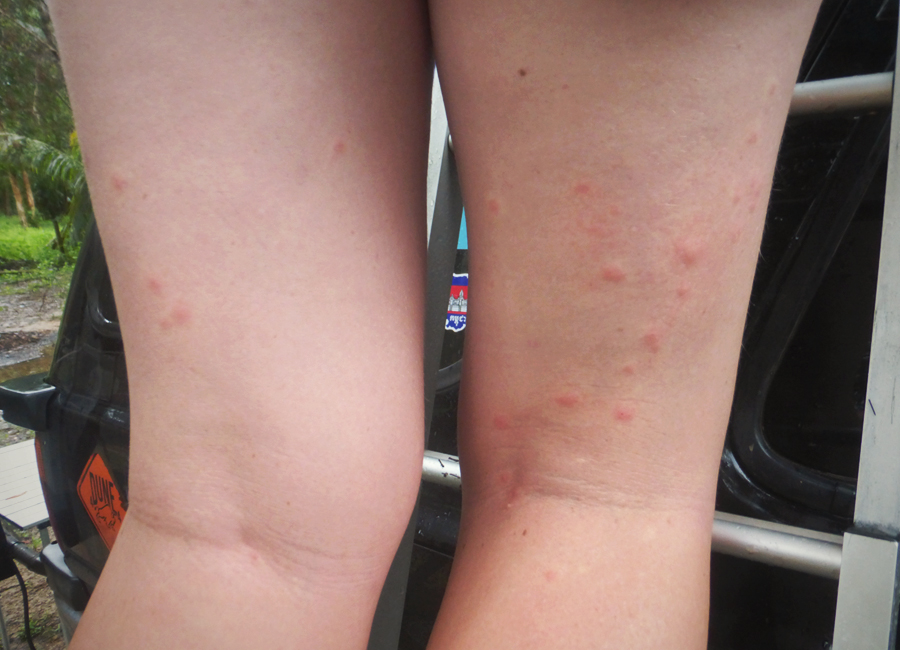
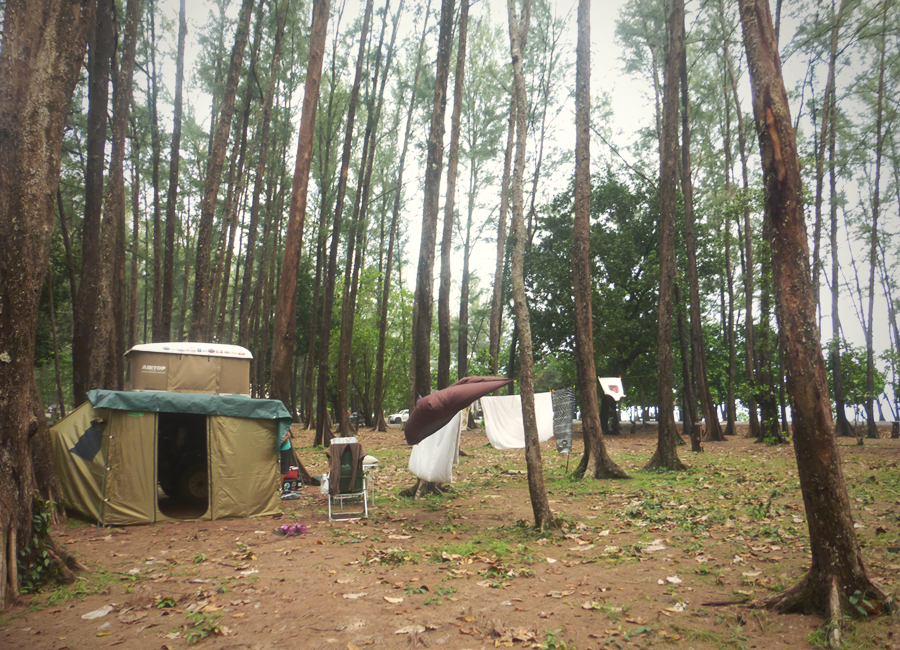
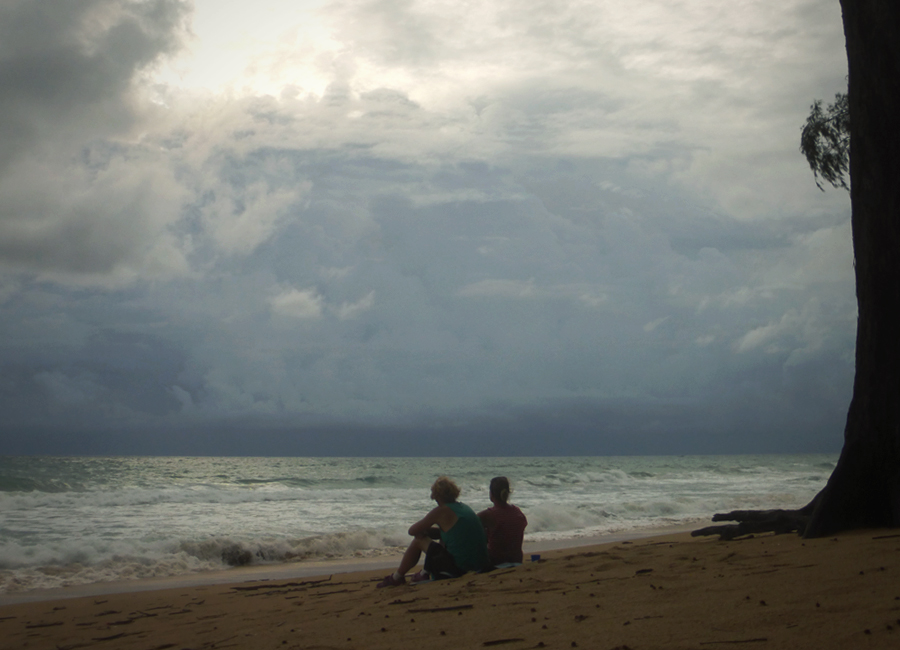
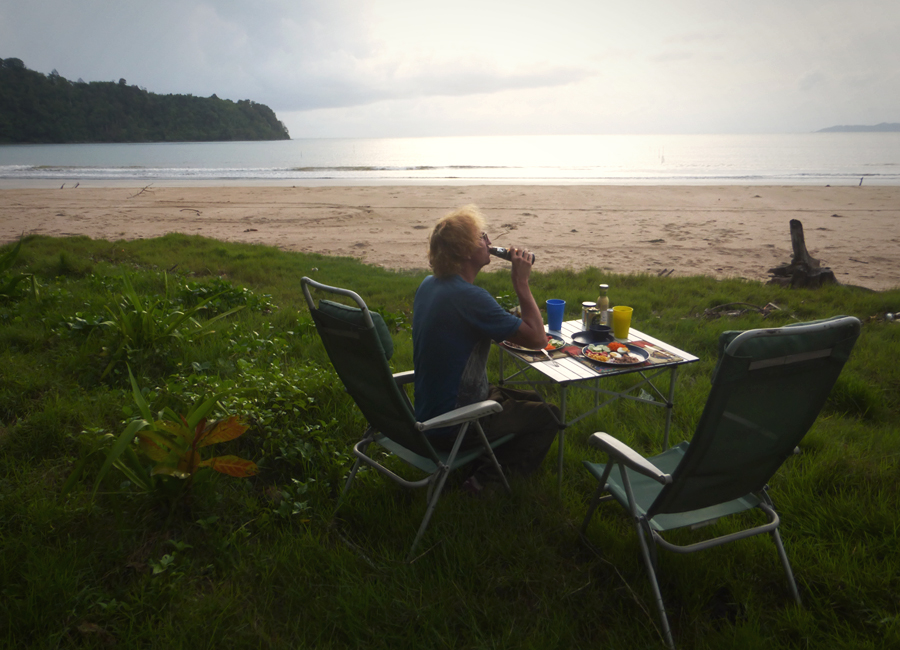
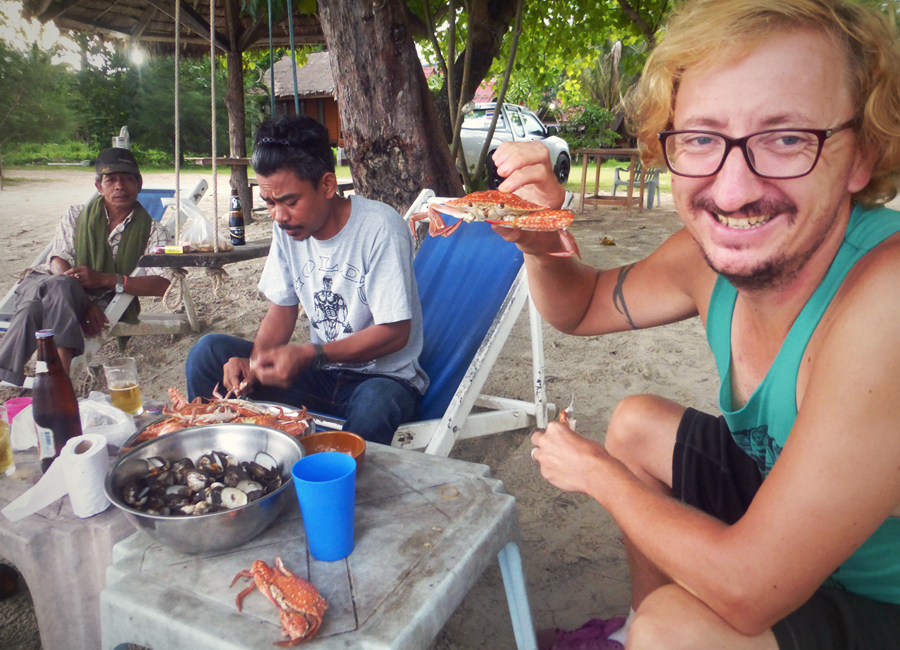
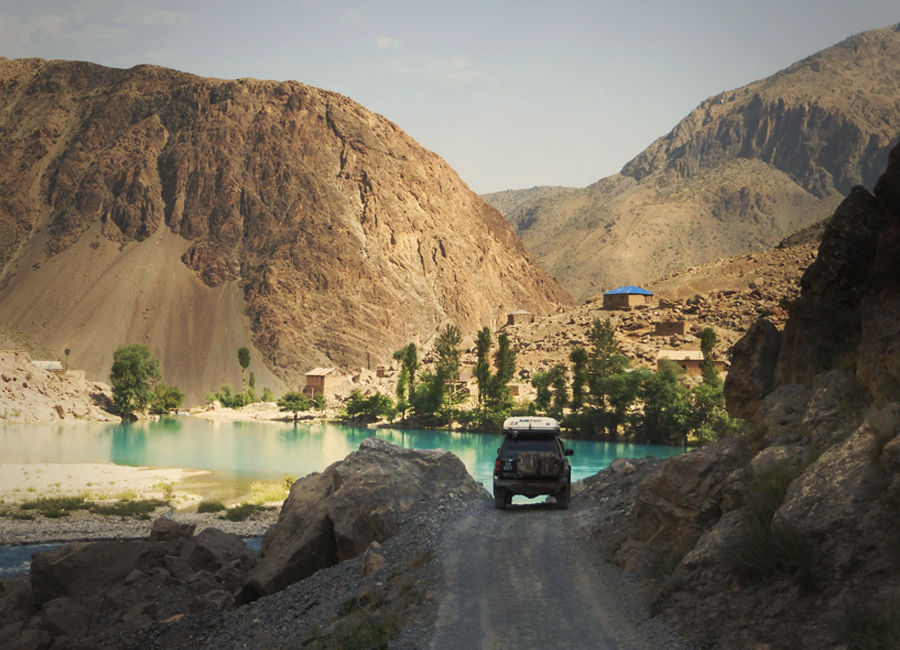
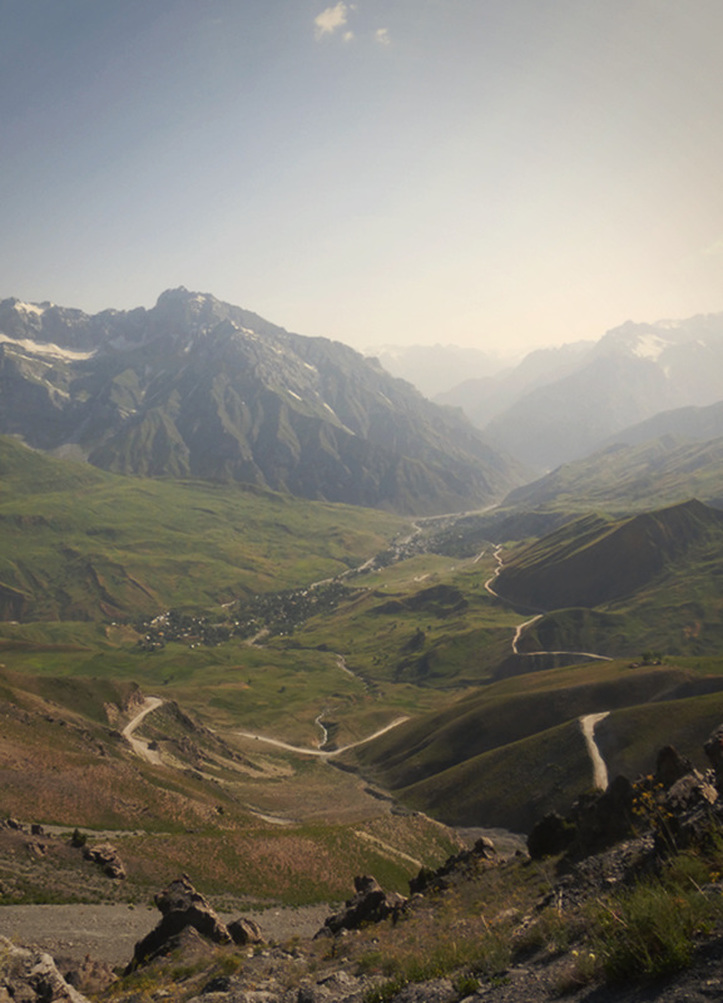
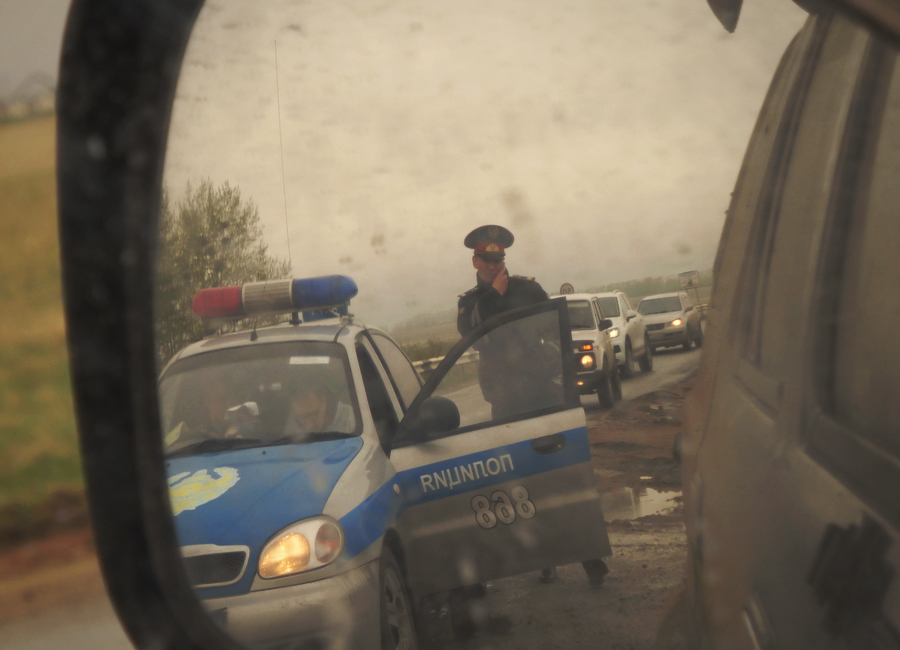
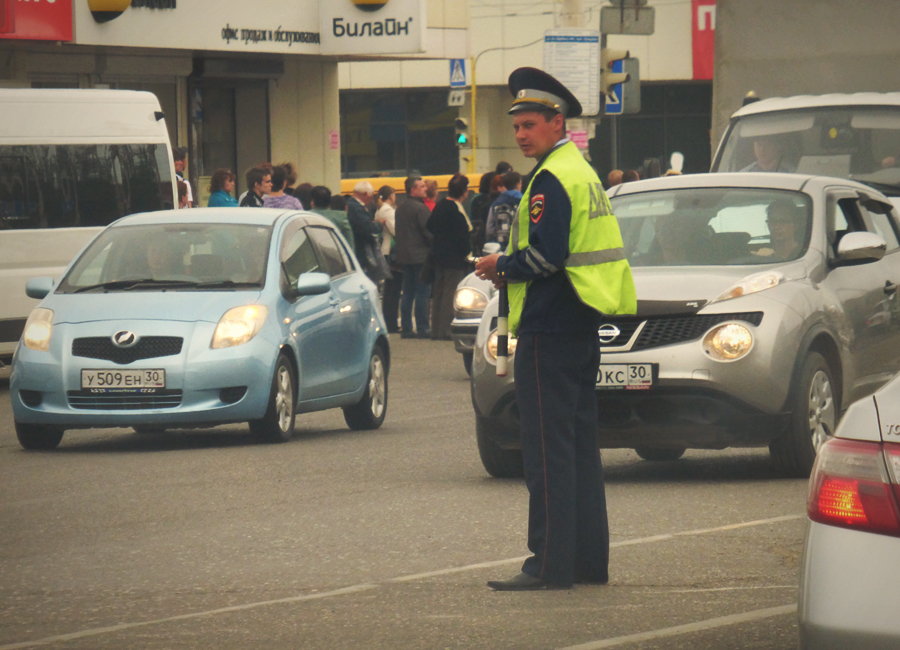
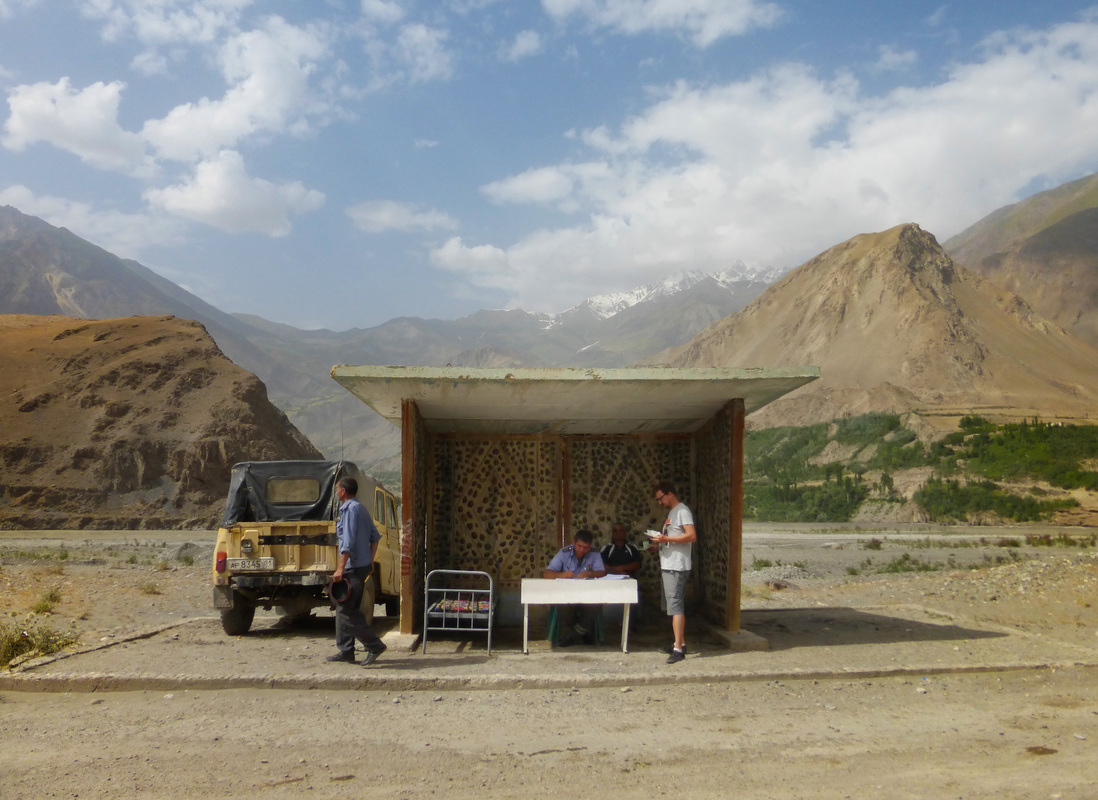
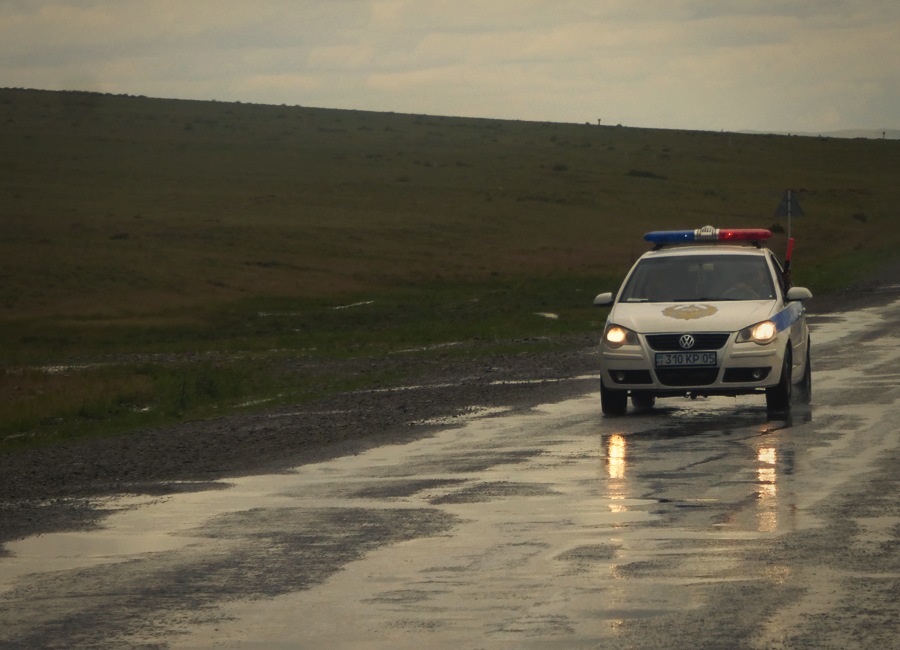
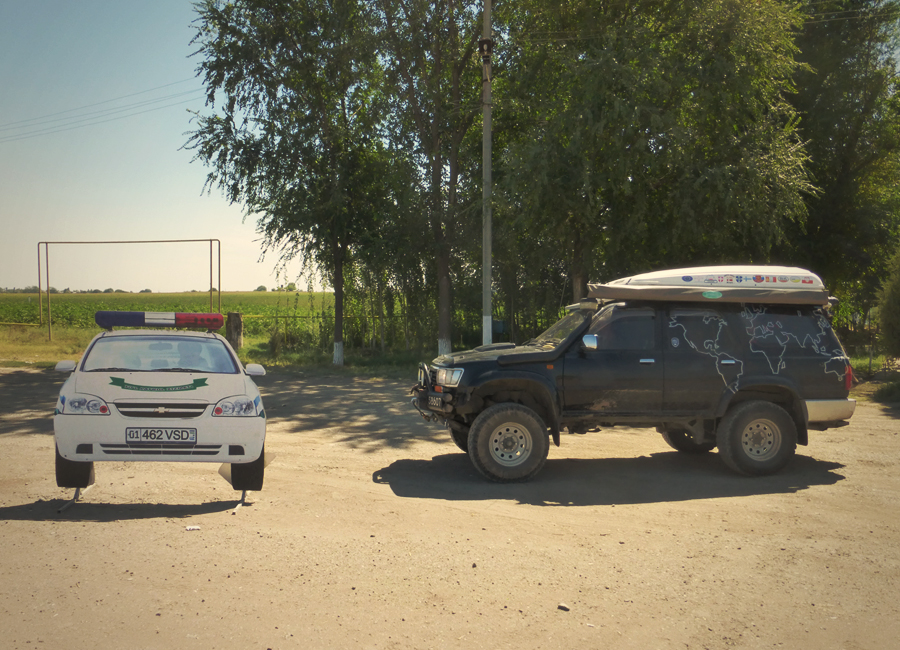
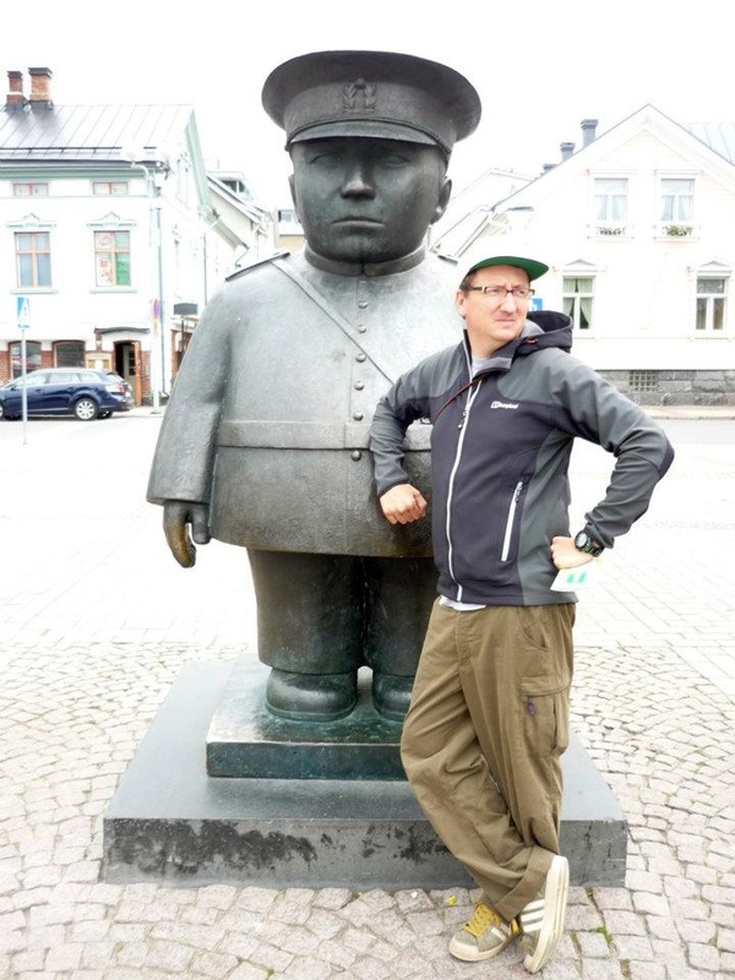
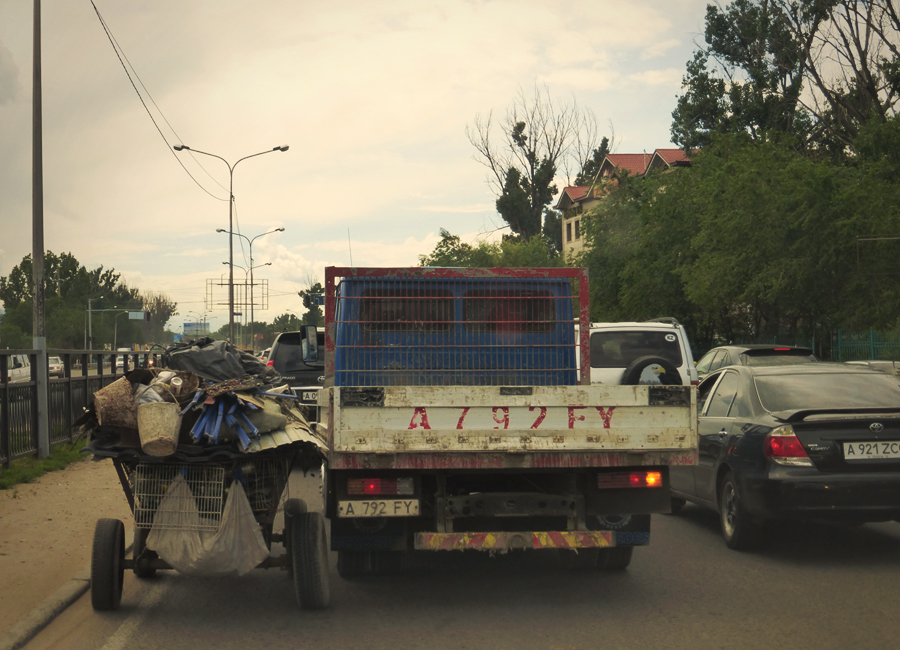
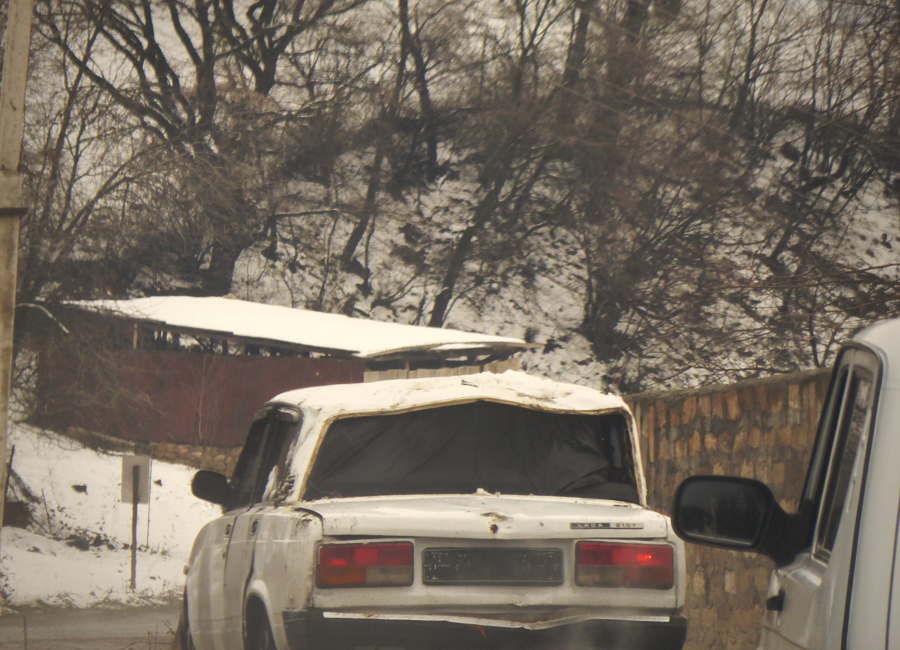
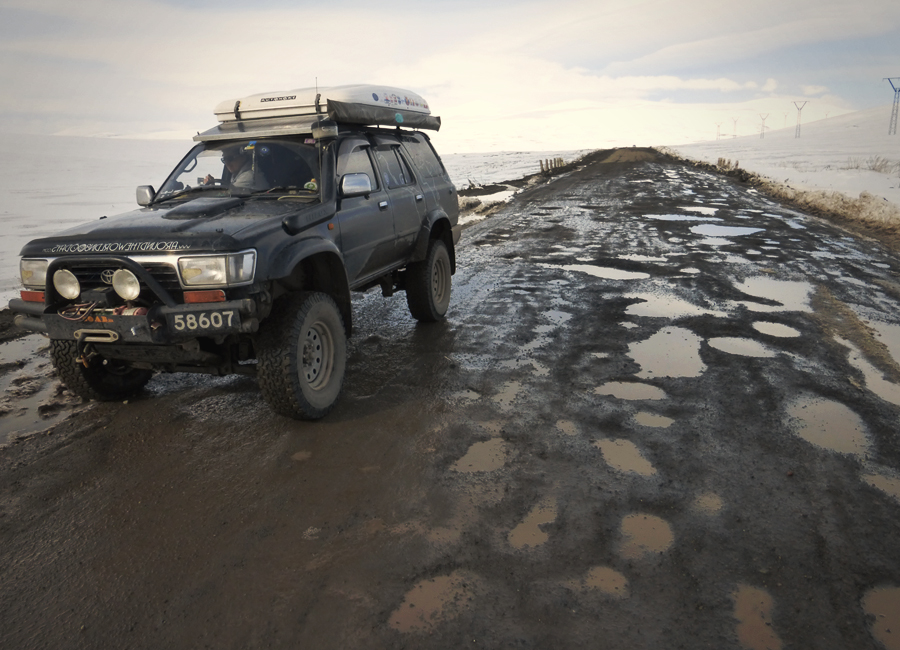
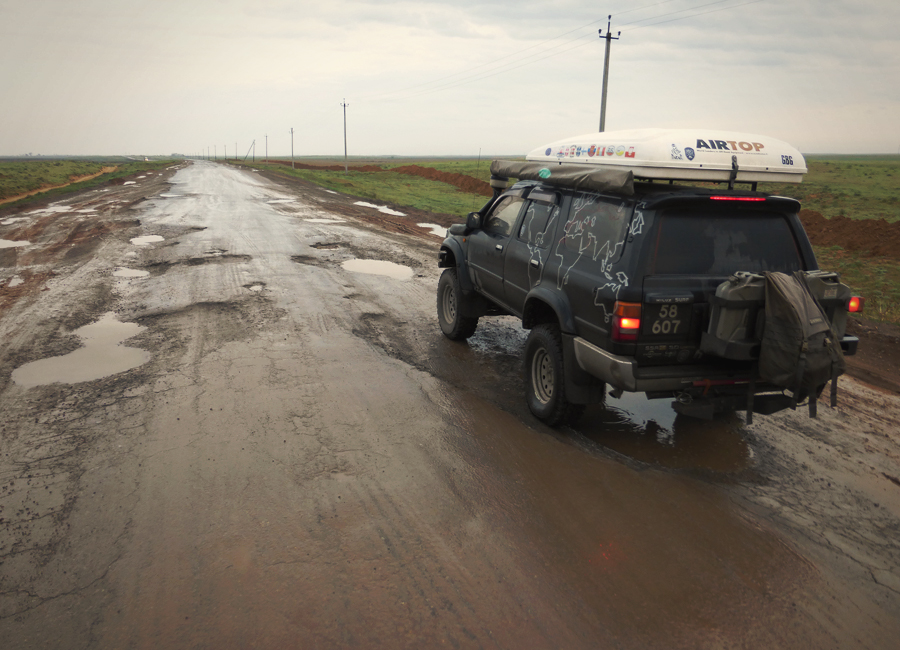
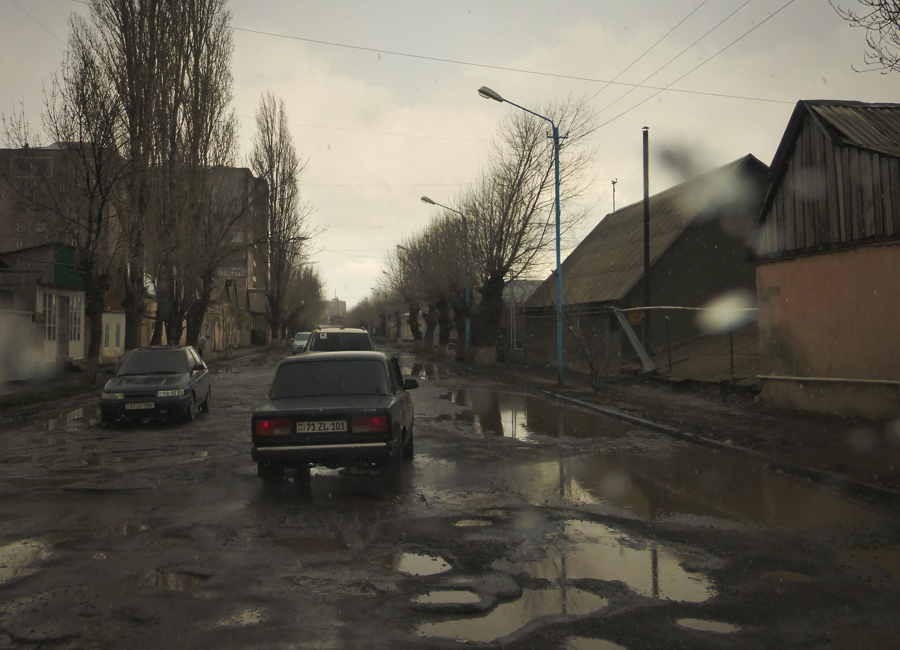
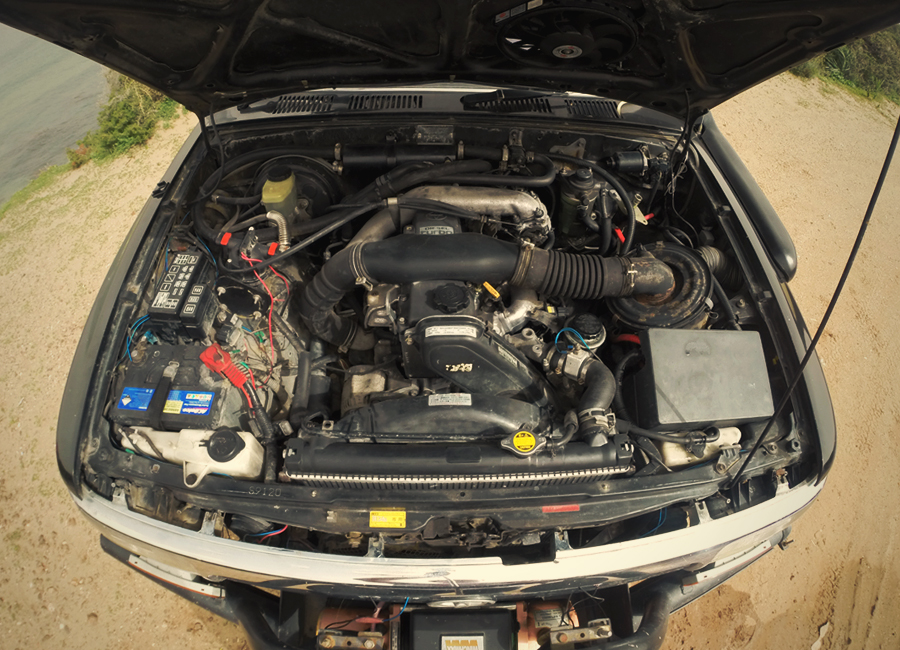
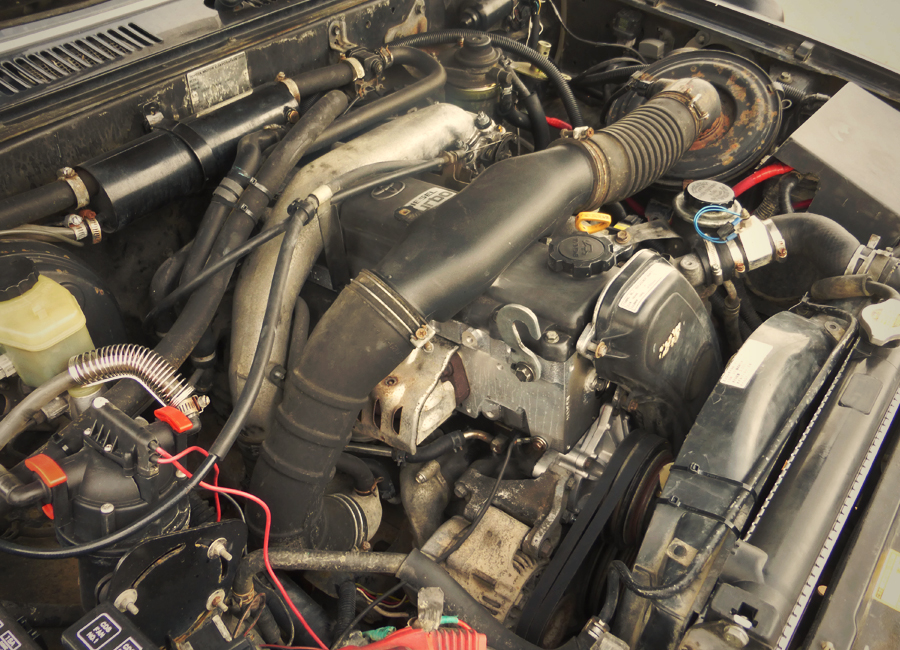
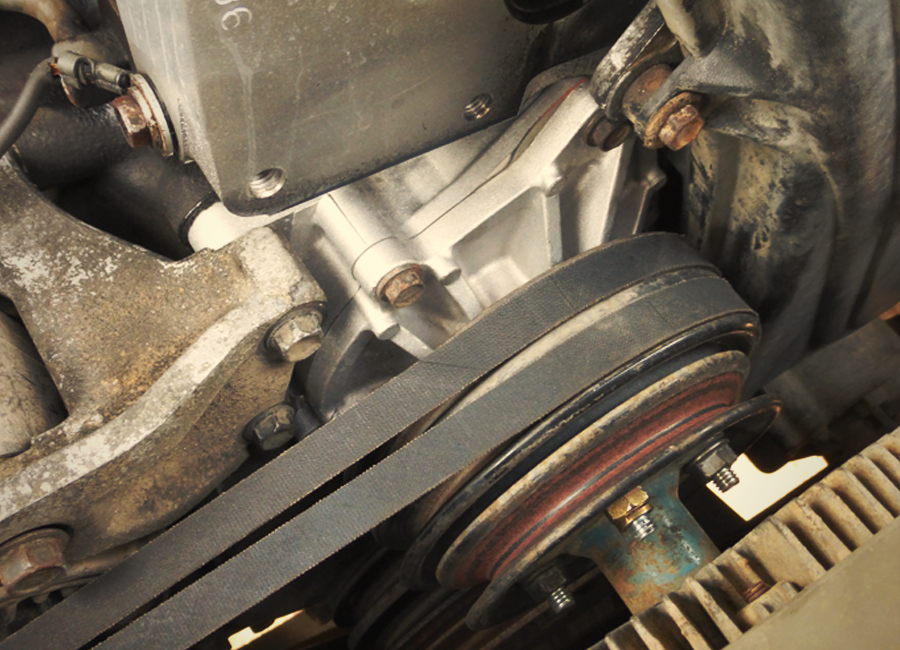
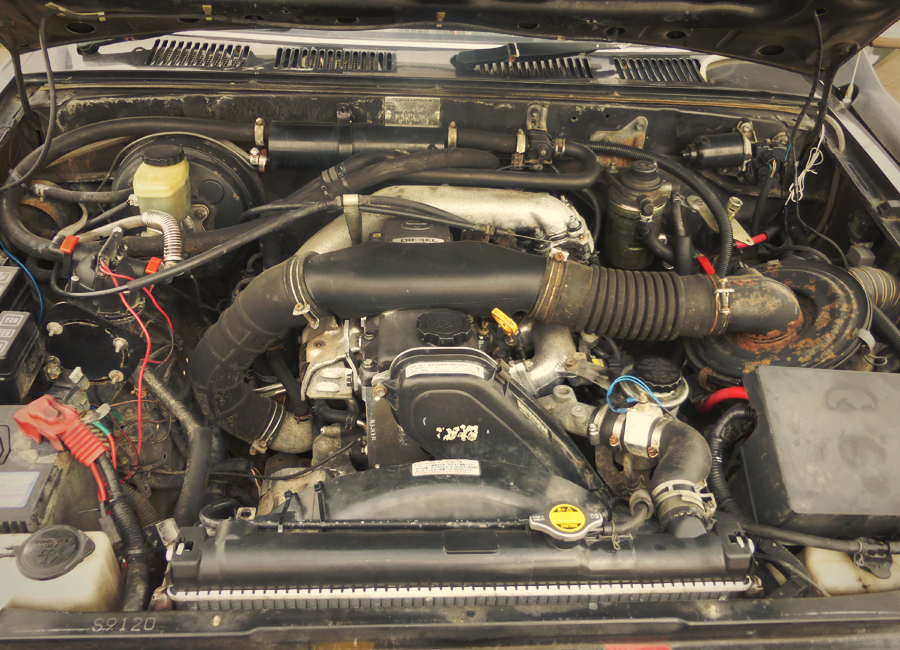
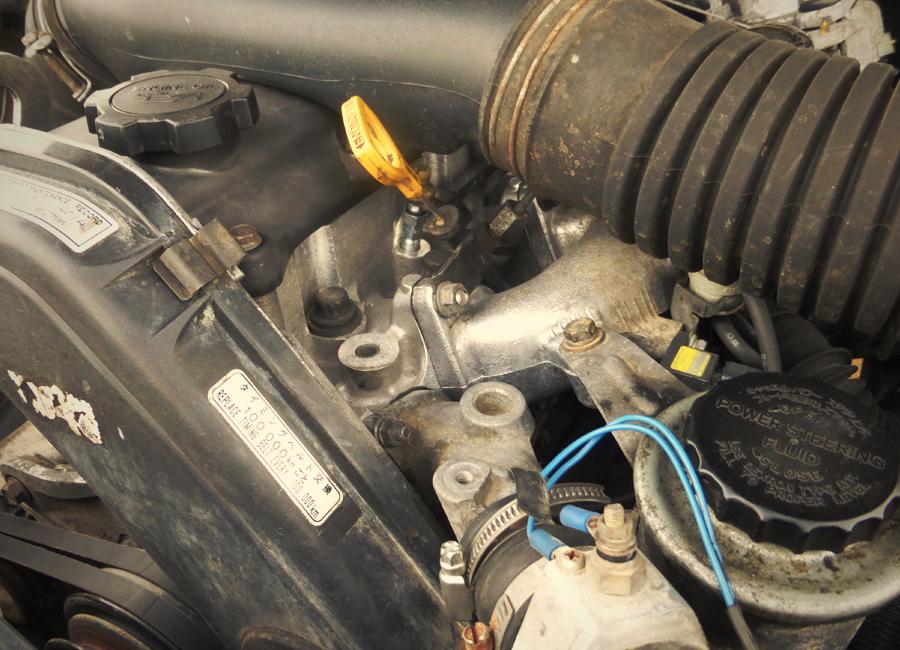
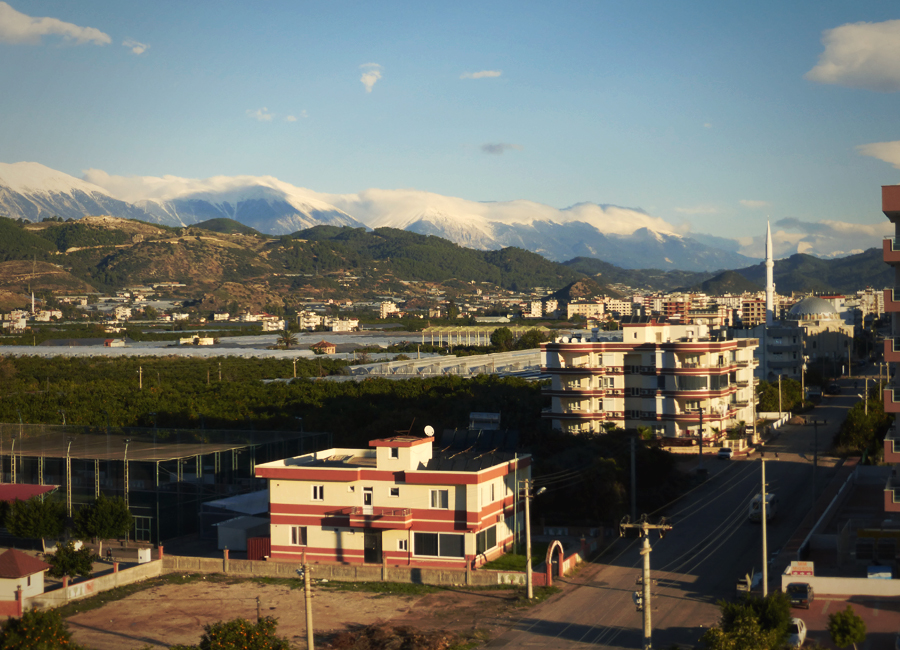
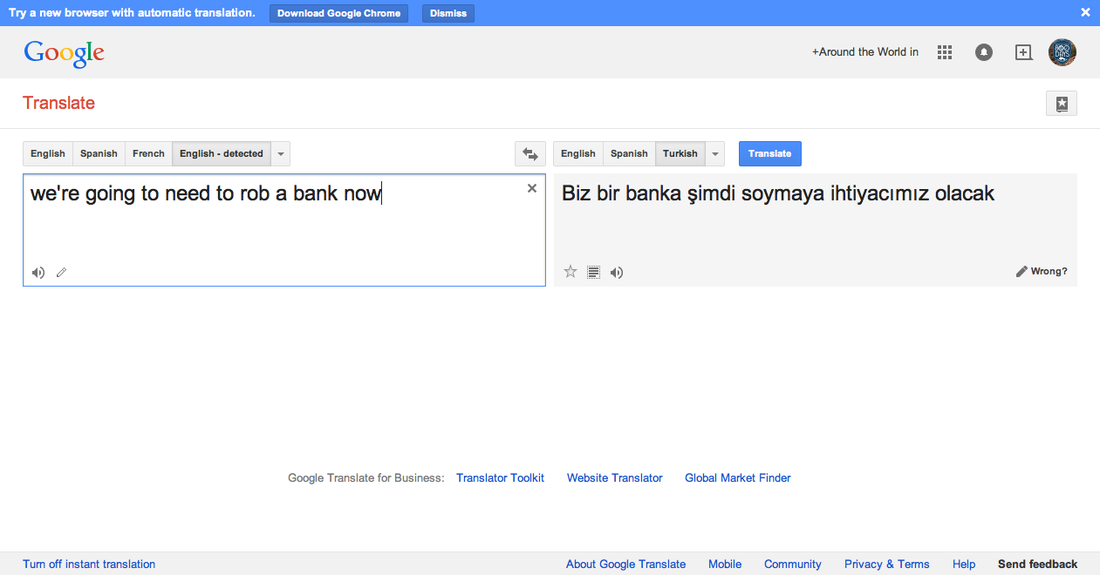
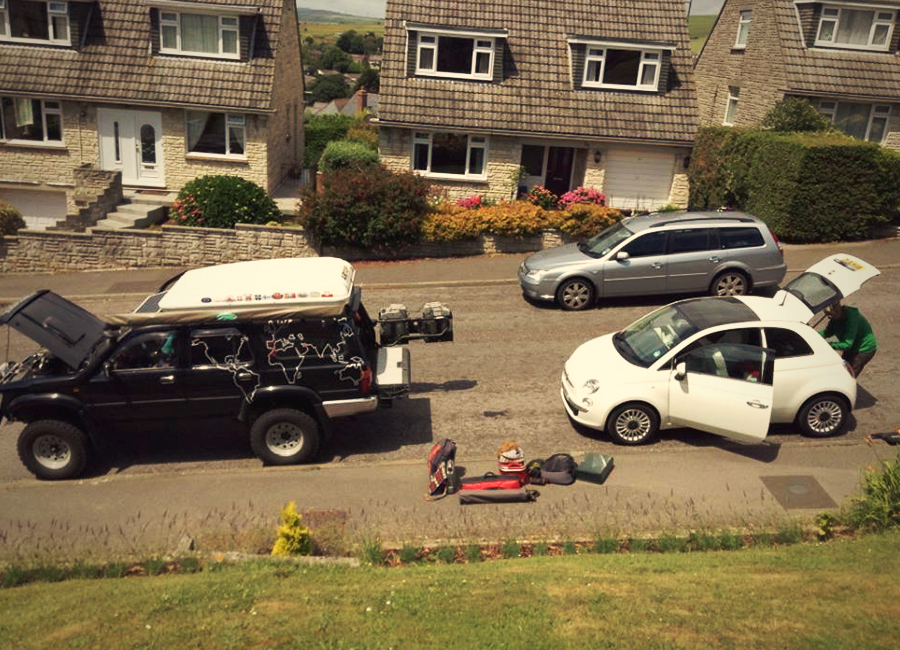
 RSS Feed
RSS Feed